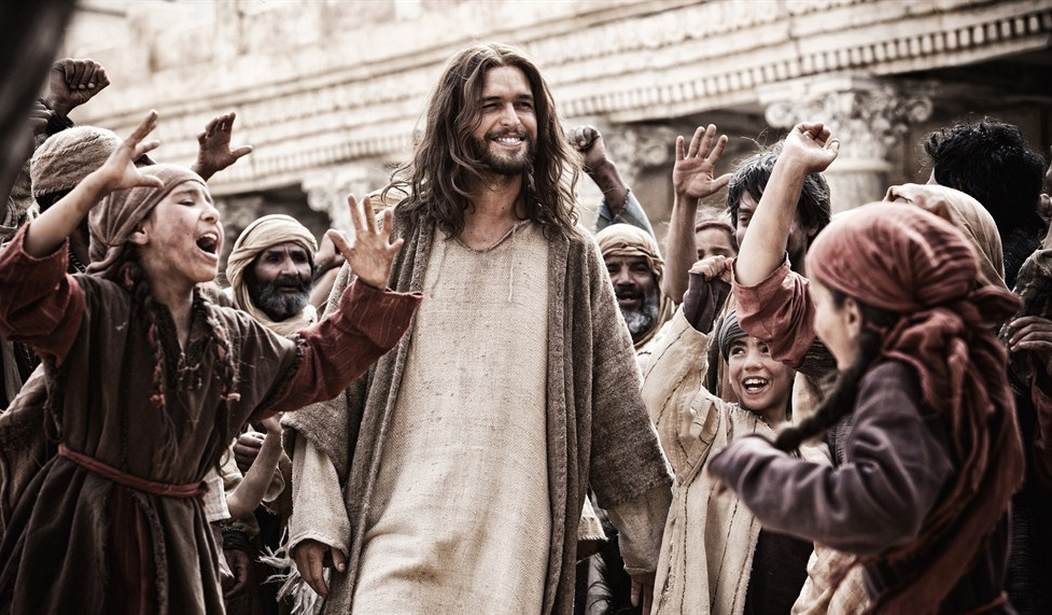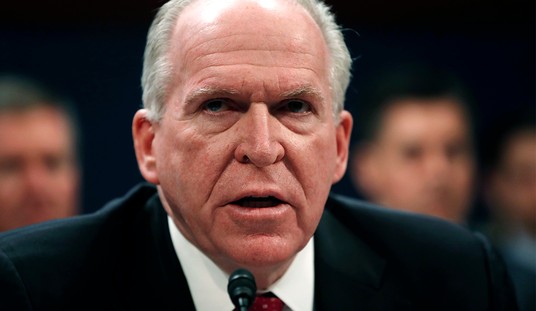Author's Note: All previous volumes of this series are here. The first 56 volumes are compiled into the book "Bible Study For Those Who Don't Read The Bible." "Part Two," featuring volumes 57-113, was published in December 2022.
News Flash: $1 Million Challenge to Replicate the Shroud of Turin – Contest Details.
Happy Palm Sunday, and thanks for joining our study.
On Palm Sunday, my husband and I laugh about two holiday-related stories every year. First, bear with me if long-time Bible study readers know about my youthful misinformation. Until I was 20, I thought Palm Sunday was about glorifying palm trees and Good Friday was a Friday in spring that was “good.”
Having been born and raised Jewish but with no “faith,” one can excuse those comical misunderstandings. Today, I consider ignorance a mile marker on my steep climb up a holy mountain that has spanned decades, and still, I trudge forward.
The second story was not funny at the time after incurring $500 worth of car damage. We were in the Florida Keys on Palm Sunday when my husband backed into an “improperly” situated palm tree in an unpaved tropical parking area. Crunch!
That concludes the personal history portion of today’s study. Now, let’s turn to politics and how it impacted Jesus’s Triumphant Entry into Jerusalem, known as Palm Sunday.
The biblical background begins when Jesus raised his friend Lazarus from the dead after four days in the tomb, and “by this time he stinketh” (King James Version).
This odorous, monumental miracle is only recorded in the Gospel of John. It occurred in the biblical village of Bethany — today the Palestinian West Bank town of al-Eizariya. Visitors can enter the tomb as we did in 2022. Bethany residents Martha and Mary, the sisters of Lazarus, were also friends with Jesus and a popular duo, as John wrote:
Recommended
“Now Bethany was less than two miles from Jerusalem, and many Jews had come to Martha and Mary to comfort them in the loss of their brother” (John 11: 18-19).
Read about the significant theological discussions Jesus had with the sisters while they mourned their brother in Vol. 52. After Jesus performed this very high-profile public miracle, it went viral in an ancient way—from mouth to mouth and village to village. Most importantly, raising Lazarus from death foreshadowed Jesus’s resurrection.
The Lazarus miracle was a wildfire that engulfed the Jewish authorities who were threatened by Jesus’s previous miracles and his growing number of followers. John explained their freakout crisis was fueled by fear of losing political power:
“Therefore, many of the Jews who had come to visit Mary, and had seen what Jesus did, believed in him. But some of them went to the Pharisees and told them what Jesus had done. Then, the chief priests and the Pharisees called a meeting of the Sanhedrin [their Supreme Court] ‘What are we accomplishing?’ they asked. ‘Here is this man performing many signs. If we let him go on like this, everyone will believe in him, and then the Romans will come and take away both our temple and our nation’” (John 11:45-48).
Those verses politically summarized why Jesus had to be removed. However, in the following justification passage, God ultimately overturned the high priest:
“Then one of them, named Caiaphas, who was high priest that year, spoke up, ‘You know nothing at all! You do not realize that it is better for you that one man die for the people than that the whole nation perish.’ He did not say this on his own, but as high priest that year he prophesied that Jesus would die for the Jewish nation, and not only for that nation but also for the scattered children of God, to bring them together and make them one. So from that day on, they plotted to take his life” (John 11: 51-53).
My NIV Study Bible has an interesting footnote: “In reality, Caiaphas’s words meant that Jesus’s death would be for the nation, not by way of removing political trouble but by taking away the sins of those who believed in him.” Moreover, my Ignatius Study Bible notes: “Caiaphas unwittingly announces that Jesus will die for the salvation of the nation. This is not his own insight but the grace of prophecy speaking through him in virtue of his priestly office and position as chief teacher of Israel.”
Now we know how the Jewish authorities rationalized their intention to kill Jesus. Next, we view Jesus’s Triumphant Entry through their eyes. It is essential to note that Bethany is 1.5 miles from Jerusalem. That means the people who witnessed or heard about the raising of Lazarus could easily follow Jesus into the Holy City for the Passover Feast. John wrote:
“Now the crowd that was with him when he called Lazarus from the tomb and raised him from the dead continued to spread the word. Many people, because they had heard that he had performed this sign, went out to meet him. So the Pharisees said to one another, ‘See, this is getting us nowhere. Look how the whole world has gone after him!’ ”(John 12:17-19).
The joyous, palm-branch-waving crowd amplified the temple authorities’ fears that their political rival was leading in the polls. Thus, when Jesus entered Jerusalem riding a donkey, it was a prophetic-Messianic symbol because they knew Zechariah 9:9 said:
“Your king comes to you, righteous and victorious, lowly and riding on a donkey...” Worse, Jesus was receiving a royal welcome. Matthew wrote:
“The crowds that went ahead of him and those that followed shouted, ‘Hosanna to the Son of David!’ ‘Blessed is he who comes in the name of the Lord!’ ‘Hosanna in the highest heaven!’ When Jesus entered Jerusalem, the whole city was stirred and asked, ‘Who is this?’ The crowds answered, ‘This is Jesus, the prophet from Nazareth in Galilee’” (Matthew 21:9-11). The Bethany residents knew Jesus whereas the Jerusalem residents were less familiar.
When the Pharisees saw a potential power struggle in the form of a political/religious movement playing out in the streets, they demanded that Jesus curb the enthusiasm:
“Some of the Pharisees in the crowd said to Jesus, ‘Teacher, rebuke your disciples!’ ‘I tell you,’ he replied, ‘if they keep quiet, the stones will cry out’” (Luke 19:39-40).
Palm Sunday was part of the Lord’s Divine plan. Five days later, the Jewish authorities co-opted the Romans into crucifying their political rival. Believers know Jesus’s enemies only won a short-term battle, but we triumphed with an eternal victory over sin and death because Jesus said:
“'I am the way and the truth and the life. No one comes to the Father except through me'” (John 14:6). And St. Paul wrote:
“For the wages of sin is death, but the gift of God is eternal life in Christ Jesus our Lord” (Romans 6:23). Amen and Happy Holy Week!
Myra Kahn Adams is a conservative political and religious writer with numerous national credits. Her book, "Bible Study For Those Who Don't Read The Bible," reprints the first 56 volumes of this popular study. "Part 2,” with the same title, reprints Vols. 57-113. Order it here.
Myra is also the Executive Director of SignFromGod.org and the National Shroud of Turin Exhibit. Both are educational donor-supported ministries dedicated to building a permanent Shroud of Turin exhibit in Washington, D.C., and promoting the $1 Million Challenge to replicate the Shroud. Contact: <MyraAdams01@gmail.com>

























Join the conversation as a VIP Member